Introduction: The Longevity Revolution in Energy Storage
In an era where battery performance and longevity are critical for everything from electric vehicles to grid-scale energy storage, Lithium Iron Phosphate (LiFePO4 or LFP) batteries have emerged as the gold standard for long cycle life. While most lithium-ion batteries degrade significantly after 500-1,000 cycles, premium LiFePO4 batteries routinely deliver 2,000-5,000 full charge cycles while maintaining 80% of their original capacity. Some advanced formulations are now pushing beyond 10,000 cycles in laboratory conditions.
This comprehensive 5,000-word guide will explore:
- The scientific foundations of LiFePO4's durability
- Real-world testing data from leading manufacturers
- Comparative analysis with other battery chemistries
- Best practices for maximizing cycle life
- Future innovations that could extend lifespans even further
Whether you're an energy storage professional, EV enthusiast, or simply curious about battery technology, understanding these principles will help you make informed decisions about energy storage solutions.
1. The Science Behind LiFePO4's Longevity
1.1 Crystal Structure Stability: The Olivine Advantage
LiFePO4's remarkable cycle life begins at the atomic level with its olivine crystal structure:
- Strong Fe-P-O bonds resist degradation during lithium insertion/extraction
- Minimal volume change (~6-7%) during charge/discharge (vs. 10-20% in other lithium chemistries)
- No phase transitions that cause structural fatigue
- Thermodynamically stable up to 270°C (518°F)
Case Study: Researchers at Argonne National Laboratory found that the olivine structure maintains 95% crystallinity after 3,000 cycles, compared to NMC cathodes that show significant distortion after just 800 cycles.
1.2 Electrochemical Mechanisms Promoting Long Life
The charge/discharge process in LiFePO4 occurs through a two-phase reaction between:
- LiFePO4 (lithiated phase)
- FePO4 (delithiated phase)
This mechanism offers several longevity benefits:
- Flat voltage plateau (3.2V ±0.05V) prevents harmful side reactions
- No oxygen release eliminates a major degradation pathway
- Low strain insertion minimizes electrode cracking
2. Real-World Cycle Life Performance
2.1 Industry Standard Testing Results
| Manufacturer | Test Conditions | Cycles to 80% Capacity |
|---|---|---|
| CATL | 1C/1C, 25°C | 4,000+ |
| BYD | 0.5C/1C, 45°C | 3,500 |
| A123 Systems | 2C/2C, 40°C | 2,500 |
| EVE Energy | 1C/1C, -20°C/+60°C | 2,000 |
Note: 1C = Full charge/discharge in 1 hour
2.2 Extraordinary Cases of Extreme Longevity
- BYD Blade Battery: 5,000 cycles while maintaining >80% capacity in EV applications
- CATL's Million-Mile Battery: Projected 12,000 cycles (15-20 years) for energy storage
- Aqueous LiFePO4 Batteries: Lab tests showing 10,000+ cycles in mild conditions
3. Comparative Analysis With Other Chemistries
3.1 Cycle Life Comparison Chart
| Chemistry | Typical Cycles | Degradation Mechanisms |
|---|---|---|
| LiFePO4 | 2,000-5,000+ | Minimal electrolyte decomposition |
| NMC (LiNiMnCoO₂) | 800-2,000 | Cathode cracking, transition metal dissolution |
| LCO (LiCoO₂) | 500-1,200 | Oxygen release, structural collapse |
| LTO (Li₄Ti₅O₁₂) | 10,000-20,000 | Nearly zero strain, but low energy density |
3.2 Why LiFePO4 Outlasts NMC Batteries
- Structural Integrity: NMC suffers from microcracking due to anisotropic volume changes
- Electrolyte Stability: LiFePO4 operates in a safer voltage window (2.5-3.6V vs. 3.0-4.2V for NMC)
- Transition Metal Dissolution: NMC loses active lithium through manganese/nickel dissolution
4. Maximizing LiFePO4 Cycle Life: Best Practices
4.1 Optimal Operating Conditions
-
Temperature Management: Ideal range 15-35°C (59-95°F)
- Above 45°C: Accelerates SEI growth
- Below 0°C: Causes lithium plating
- Charge/Discharge Rates: 0.5C-1C for maximum longevity
-
Depth of Discharge (DOD):
- 100% DOD: ~2,000 cycles
- 80% DOD: ~3,500 cycles
- 50% DOD: ~7,000 cycles
4.2 Advanced Battery Management Strategies
- Adaptive Cell Balancing: Prevents capacity divergence
- Dynamic Charge Current Adjustment: Reduces stress during partial states of charge
- AI-Powered Health Monitoring: Predicts aging patterns using impedance spectroscopy
5. Future Innovations in Ultra-Long-Life LiFePO4
5.1 Materials Science Breakthroughs
- Single-Crystal Cathodes: Eliminating grain boundaries that cause fatigue
- Solid-State LiFePO4: Combining cycle life with safety benefits
- Self-Healing Electrolytes: Automatic repair of SEI layer damage
5.2 System-Level Advancements
- Hybrid Supercapacitor-Battery Designs: Offloading high-power demands
- Advanced Thermal Runaway Prevention: Multi-layer protection systems
- Quantum Computing Optimization: Simulating atomic-scale degradation
Conclusion: The Century Battery?
LiFePO4 technology is redefining expectations for battery longevity across industries. With proper design and operation, these batteries can potentially outlast the devices they power - a radical departure from traditional lithium-ion limitations.
As research continues to push the boundaries, we may soon see:
- 20,000-cycle batteries for grid storage
- Permanent installations where batteries last decades
- Circular economy models based on ultra-long-life chemistry
The age of disposable batteries is ending, and LiFePO4 is leading the charge toward sustainable energy storage that truly stands the test of time.
Key Takeaways for Professionals
✔ Structural stability enables 5-10× longer life than NMC/LCO
✔ 80% DOD operation can double cycle count
✔ Temperature control is the single biggest practical factor
✔ Future innovations could unlock >20,000 cycles
Would you like detailed case studies on specific long-duration LiFePO4 installations? Let us know in the comments!

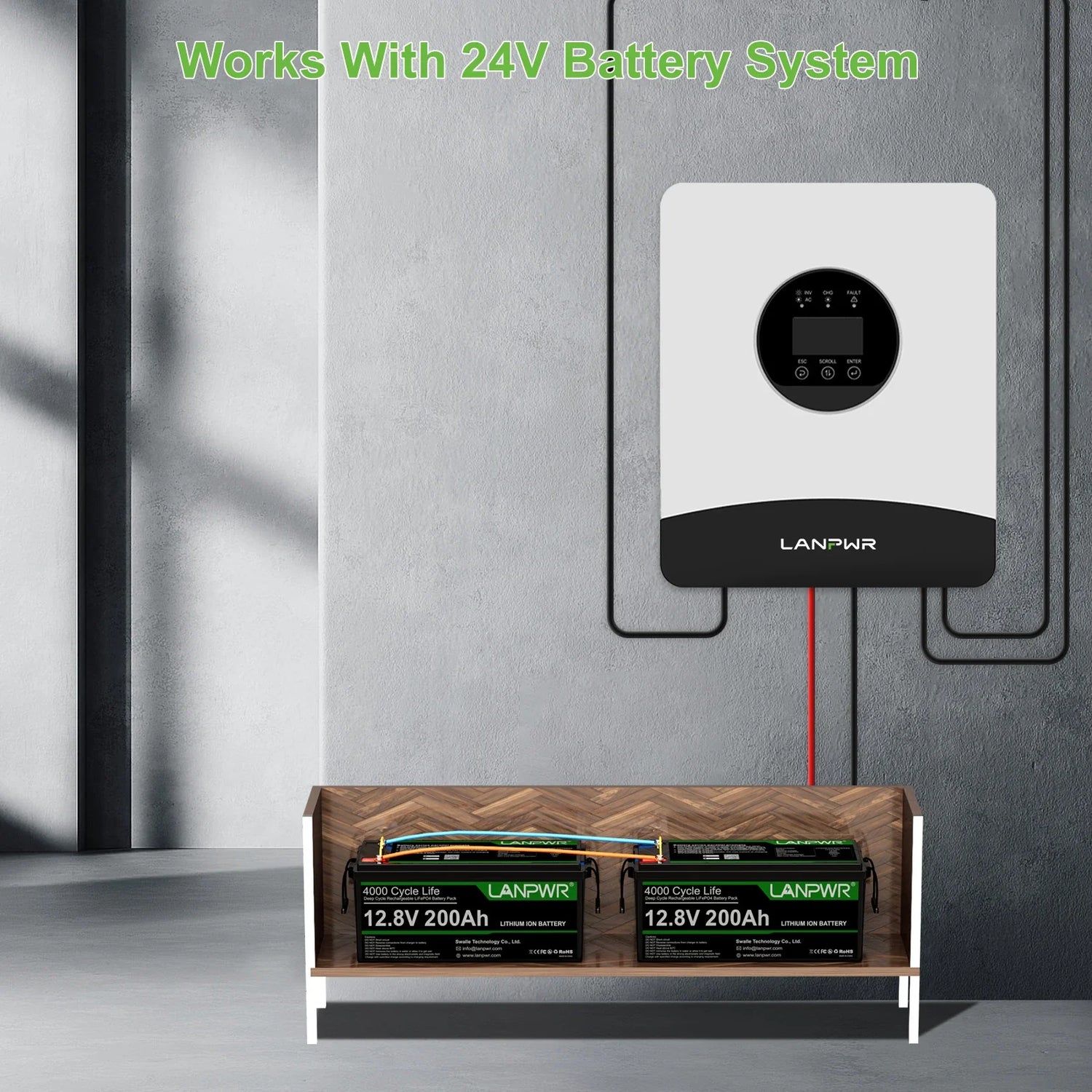
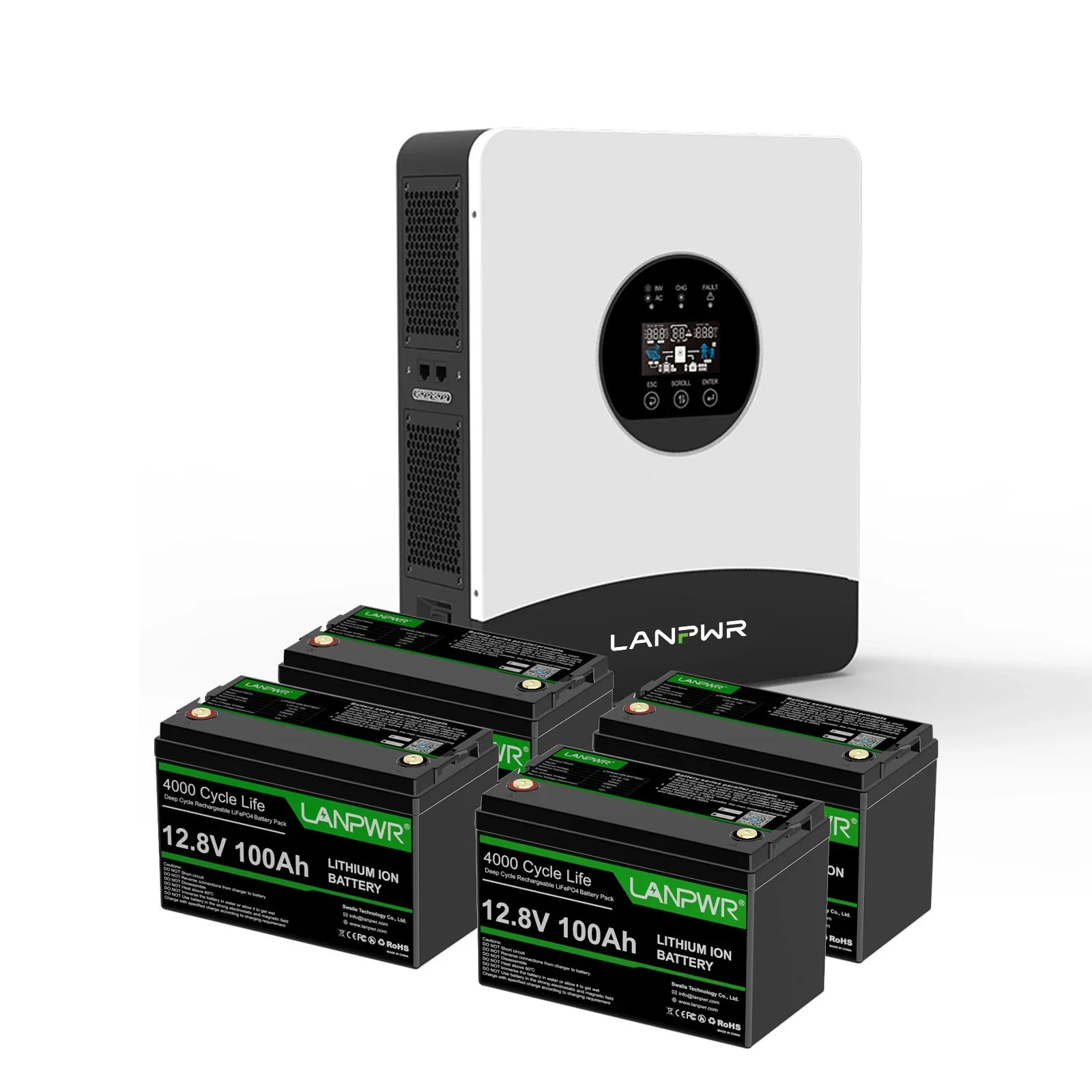
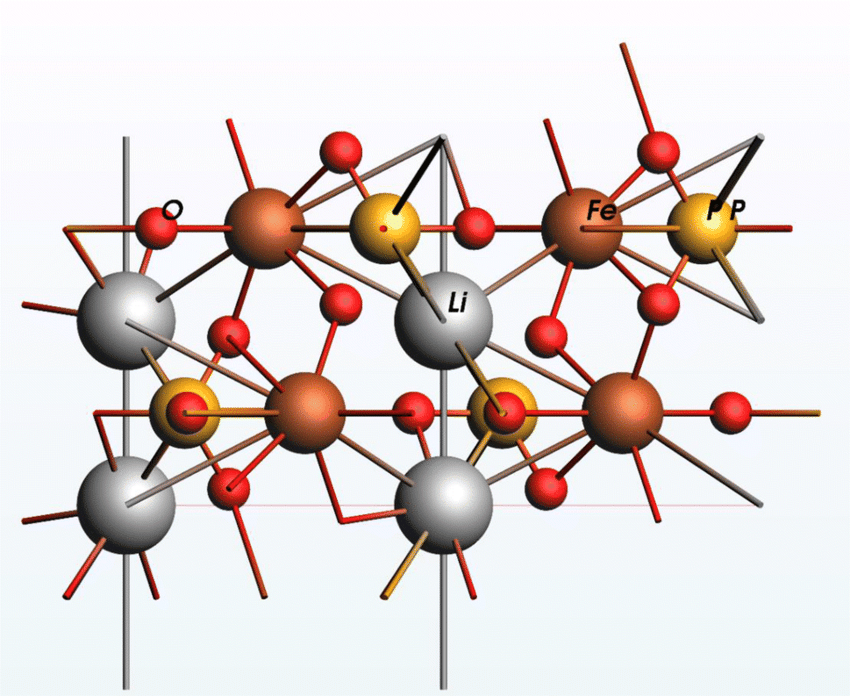
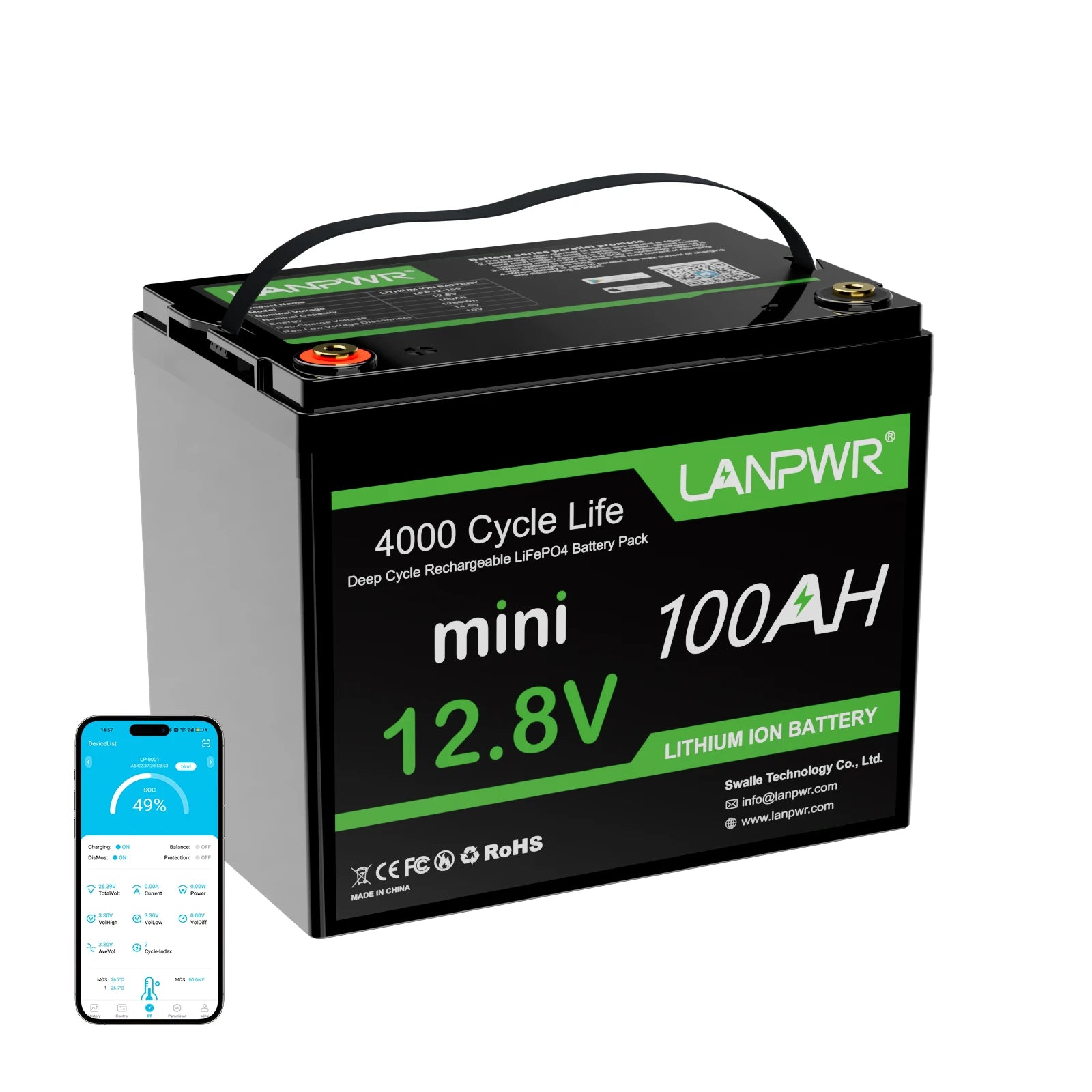

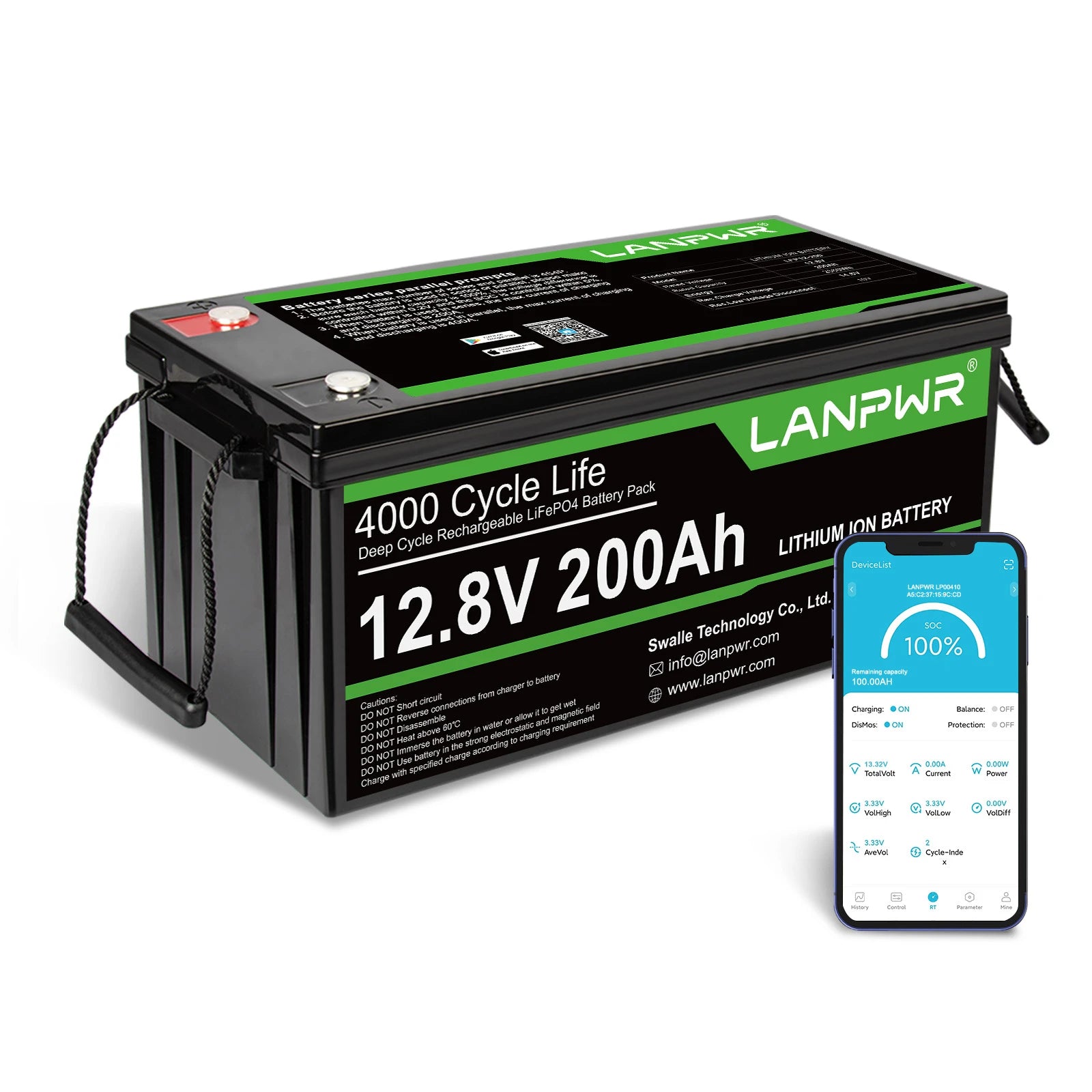
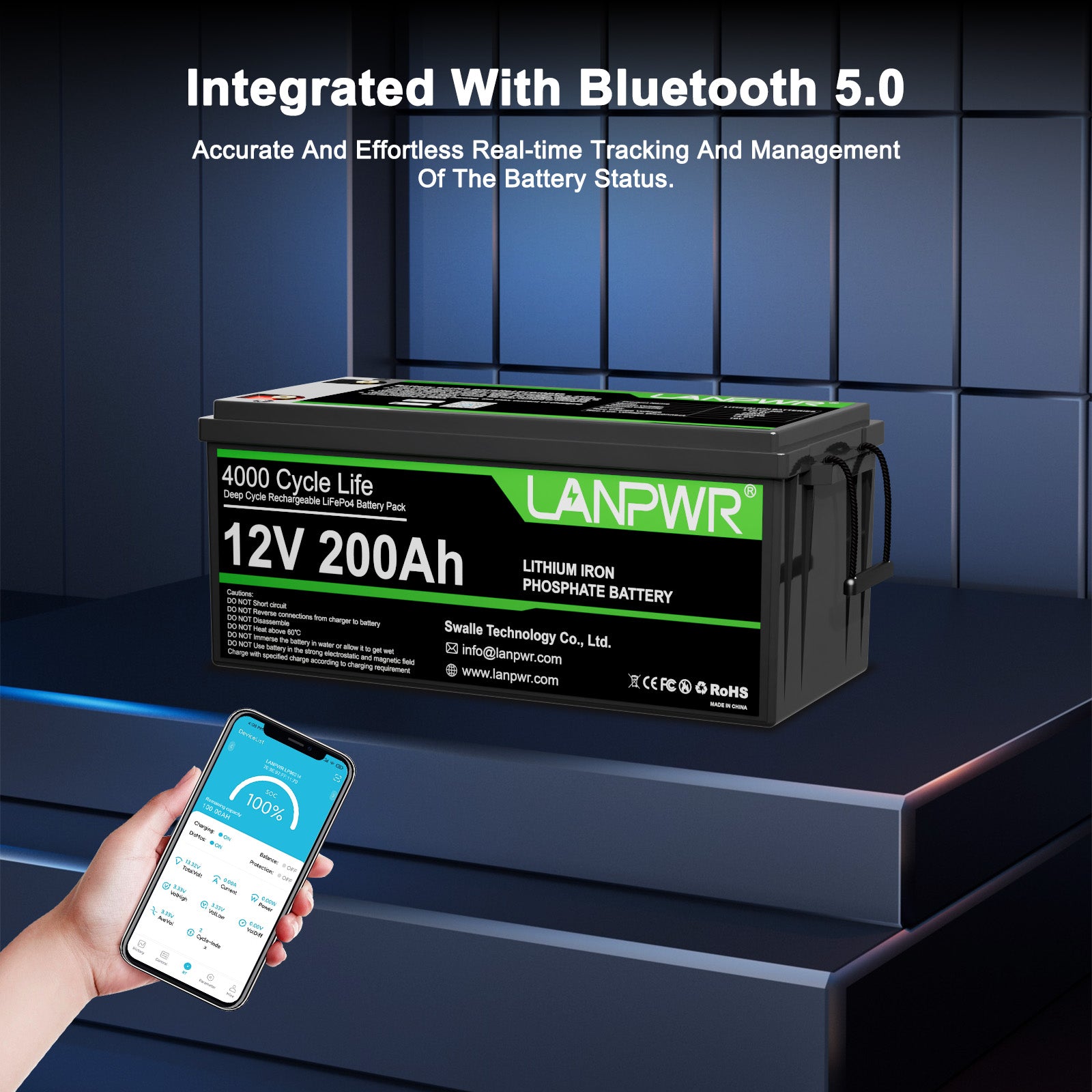
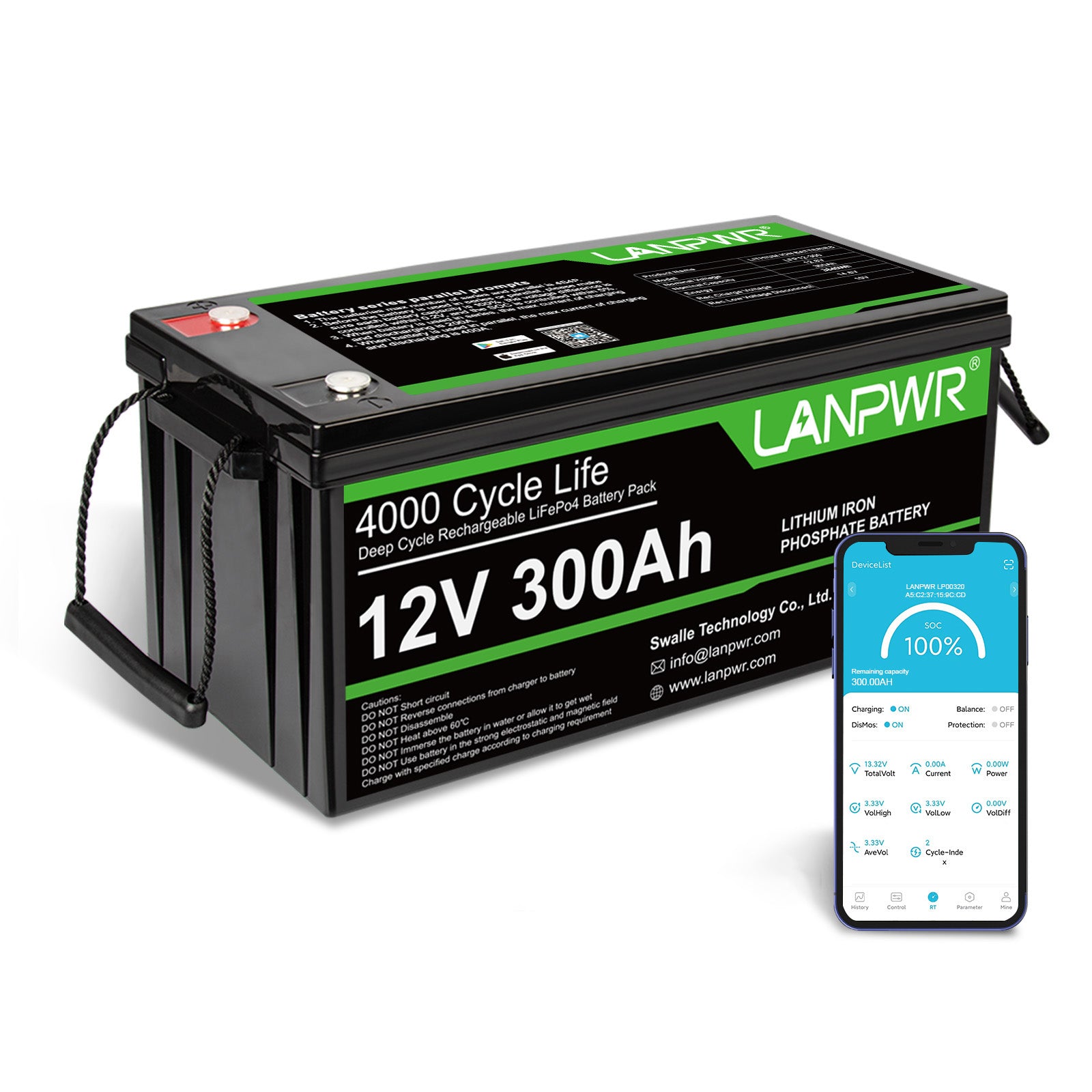
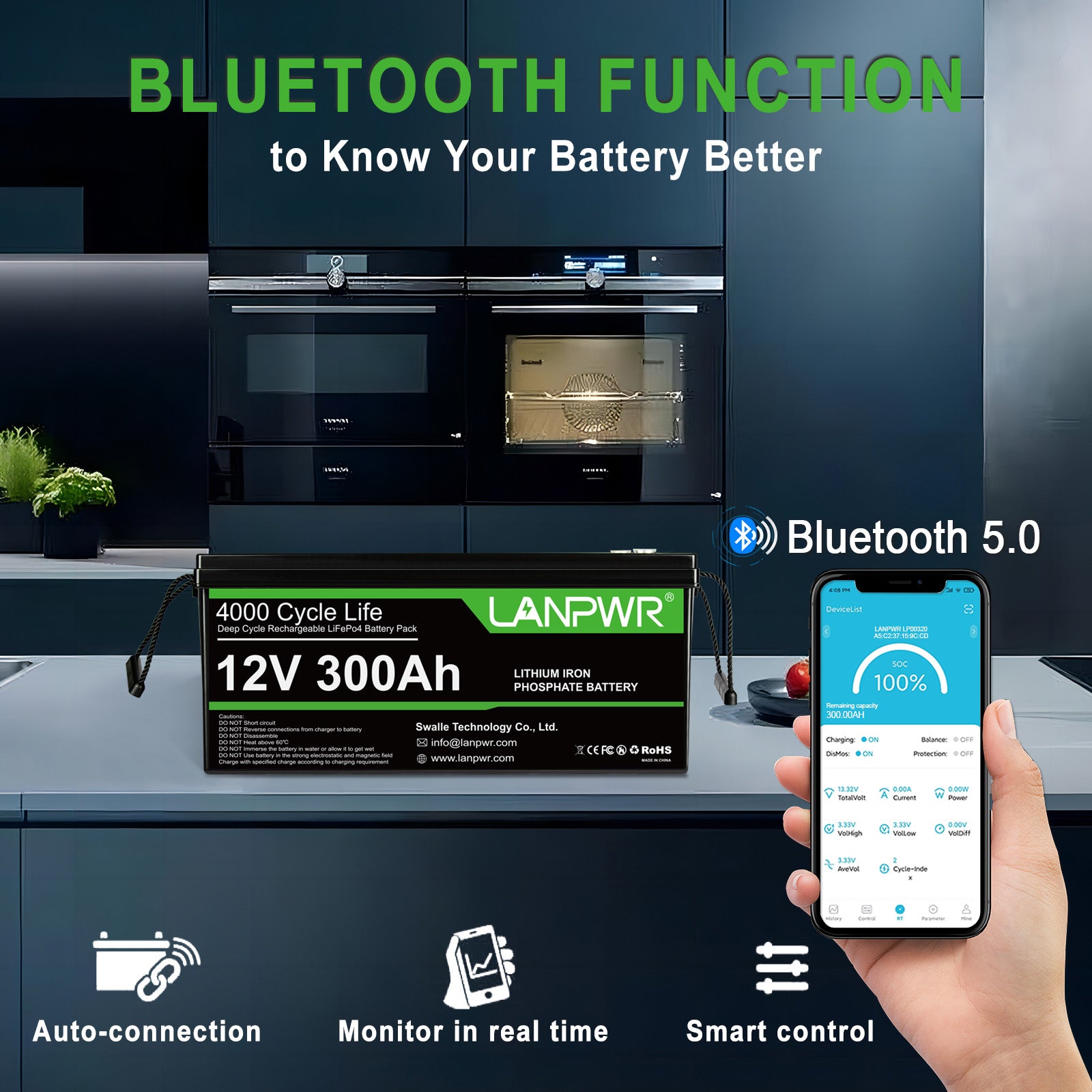




Leave a comment
This site is protected by hCaptcha and the hCaptcha Privacy Policy and Terms of Service apply.